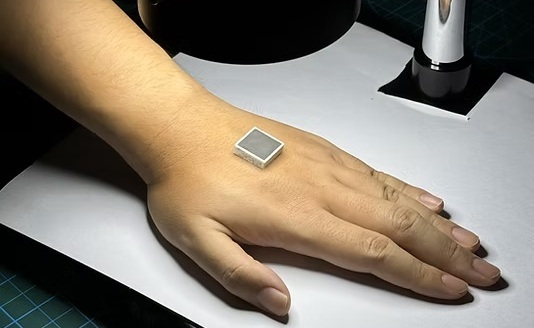Ultrasound Guidance Lowers Surgical Risks Following Mastectomy
By MedImaging International staff writers
Posted on 25 Jan 2016
Ultrasound guidance reduces the chances of causing a pneumothorax during thoracic paravertebral block (TPVB) for pain control following surgery for breast cancer, according to a new study.Posted on 25 Jan 2016
Researchers at Massachusetts General Hospital (MGH; Boston, MA, USA) conducted a retrospective study involving 856 patients with a total of 1,427 TPVB injections between January 1, 2010, and December 3, 2013; all TPVB injections were placed for postoperative analgesia after unilateral or bilateral mastectomy with immediate breast reconstruction. Ultrasound guidance was used to perform TPVB, allowing visualization of the exact location of the thoracic spinal nerve roots.
Ultrasound guidance was used in addition to the conventional approach of using anatomical landmarks to guide the injection. The researchers then reviewed medical records for reports on accidental pleural puncture, symptomatic pneumothorax, hypotension, bradycardia, and other signs and symptoms of toxicity or effects of local anesthetic outside of the paravertebral space were reviewed. The results showed that there were only six complications that developed, representing a risk factor of 0.7%.
The complications included symptomatic bradycardia and hypotension, a vasovagal episode, and evidence of possible local anesthetic toxicity. There was no incidence of suspected accidental pleural puncture or symptomatic pneumothorax identified in the study population. The researchers said that they hope their experience will encourage other hospitals to use their anesthesia technique to reduce the common and difficult-to-treat problem of chronic pain after mastectomy. The study was published on January 11, 2016, in Anesthesia & Analgesia.
“Pleural puncture resulting in pneumothorax is a serious complication associated with traditional approaches using guidance from anatomic landmarks and nerve stimulation, and may contribute to the low utilization of this block,” concluded senior author Peter Stefanovich, MD, and colleagues. “An ultrasound-guided technique has the potential to reduce complications by providing direct visualization of the paravertebral space during needle manipulation.”
TPVB involves injecting a small amount of local anesthetic around the thoracic nerve roots as they emerge from the spinal cord. This numbs the entire area of the chest, and provides excellent control of pain after breast cancer surgery.
Related Links:
Massachusetts General Hospital














